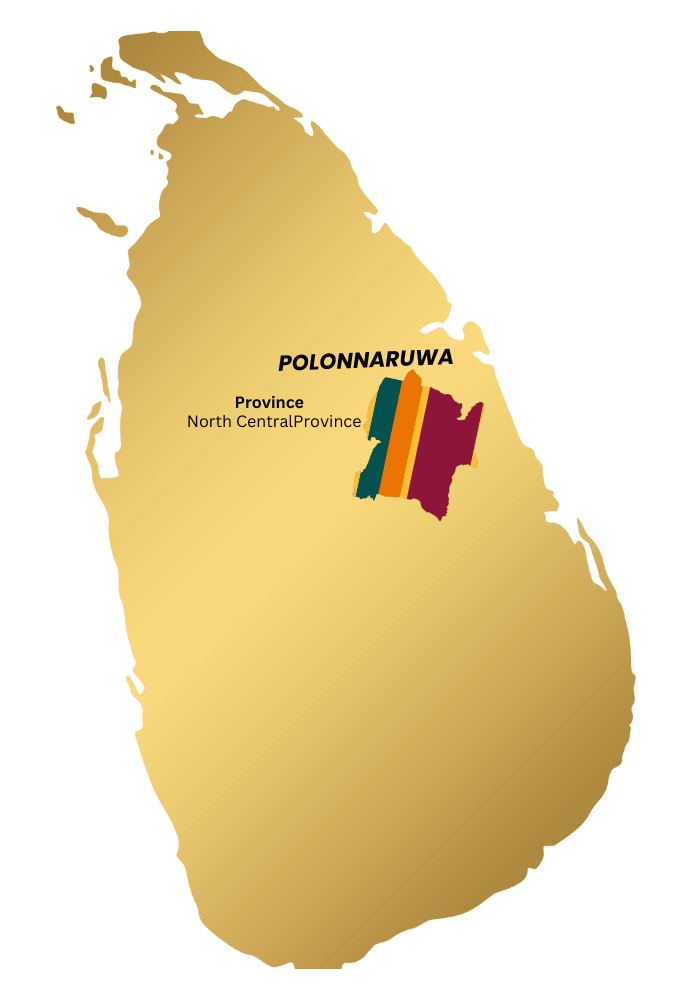Polonnaruwa
Polonnaruwa, the second ancient capital of Sri Lanka, stands as a UNESCO World Heritage Site renowned for its well-preserved ruins and magnificent architectural monuments. This historic city offers visitors a captivating glimpse into the island's medieval glory and remains one of Sri Lanka's most treasured archaeological wonders.
Overview
Polonnaruwa became Sri Lanka's royal capital in the 11th century under King Vijayabahu I, who defeated the Chola invaders and united the country. The city reached its zenith during the reign of King Parakramabahu I (1153-1186), who created many of the impressive irrigation works and monumental architecture that still stand today.
This ancient city features an impressive collection of historical structures including palaces, temples, stupas, and intricate stone carvings. The entire area is divided into separate precincts, with the Royal Palace Group to the north, the Quadrangle in the center containing sacred monuments, and various other religious buildings spread throughout. The city also boasts an extensive irrigation system centered around the man-made Parakrama Samudra (Sea of Parakrama), a vast reservoir created by King Parakramabahu to supply water to the flourishing agricultural lands.



